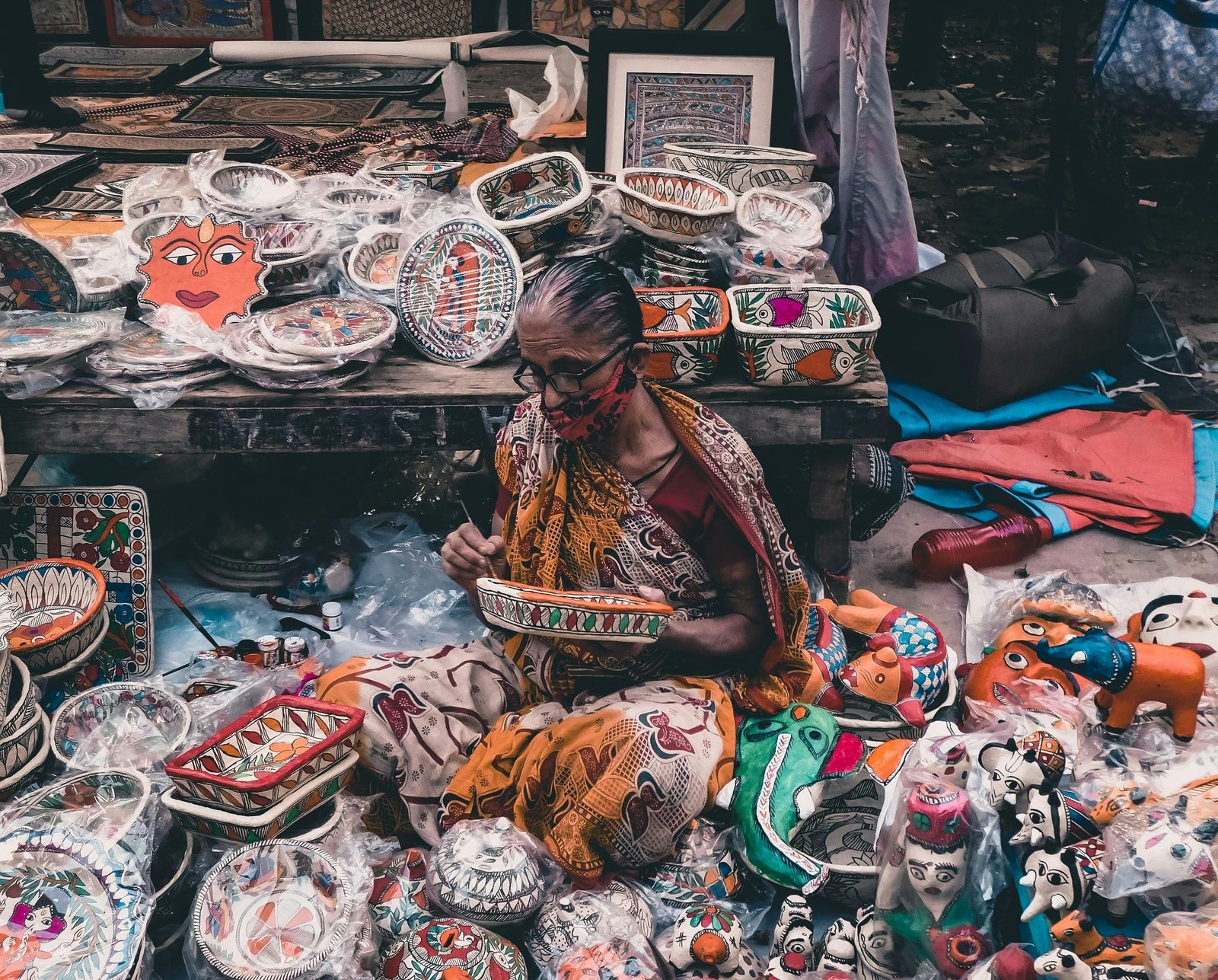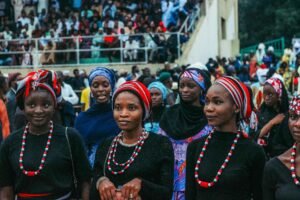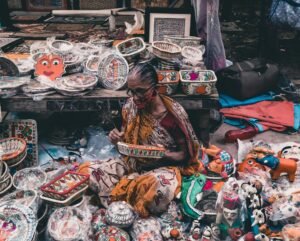Arts and Crafts of Africa: Cultural Heritage in Every Piece
Africa, a continent rich in history, culture, and diversity, is home to a plethora of artistic expressions that reflect the values, traditions, and stories of its peoples. The arts and crafts of Africa are not merely decorative; they are imbued with meaning, purpose, and a deep connection to the cultural heritage of various communities. This post explores the vibrant world of African arts and crafts, highlighting the significance of these creations and their role in preserving cultural identity.
1. The Rich Tapestry of African Art
Traditional Visual Arts
African visual arts encompass a wide range of mediums, including painting, sculpture, and textiles. Traditional forms of art often serve spiritual, ceremonial, or practical purposes. For instance, wooden sculptures are frequently used in rituals, symbolizing ancestors or deities. Each piece is meticulously crafted, with attention to detail that speaks to the artist’s skill and cultural heritage.
Symbolism and Meaning
Many African art forms are steeped in symbolism. Colors, shapes, and patterns carry specific meanings, often representing concepts such as fertility, protection, and community. For example, the Adinkra symbols from the Akan people of Ghana convey philosophical concepts and social values, each symbol narrating a unique story. This use of symbolism transforms art into a powerful medium for communication and cultural expression.
2. Textiles: Weaving Stories and Identity
Kente Cloth
One of the most recognized forms of African textile art is Kente cloth, originating from the Ashanti people of Ghana. Traditionally handwoven from silk and cotton, Kente patterns are vibrant and intricate, each representing specific meanings related to the occasion or the individual wearing it. Kente is often used in ceremonies, symbolizing wealth and cultural pride.
Mud Cloth
Mud cloth, or “bògòlanfini,” is a traditional Malian fabric dyed with fermented mud. The process of creating mud cloth involves applying patterns that often tell stories or depict cultural motifs. The use of natural dyes not only showcases the skill of the artisans but also emphasizes the connection between the craft and the environment.
Beadwork
Beadwork is another significant aspect of African textile art, with each region having its unique styles and techniques. Beads are often used to create intricate jewelry, adornments, and ceremonial attire. The colors and patterns of beadwork can convey messages about social status, identity, and cultural affiliations, making each piece a reflection of the wearer’s heritage.
3. Pottery: Functional Art
Traditional Pottery
Pottery is an ancient art form in Africa, used for both practical and ceremonial purposes. Many communities create functional items such as cooking pots, water vessels, and storage containers. The techniques used in pottery vary from region to region, with artisans employing methods passed down through generations.
Artistic Expression
In addition to functionality, pottery serves as a canvas for artistic expression. Many potters decorate their creations with intricate designs, often inspired by cultural symbols and local traditions. The decorative elements transform ordinary objects into extraordinary works of art, showcasing the creativity and skill of the artisan.
4. Sculpture: Echoes of the Ancestors
Wood and Stone Carvings
African sculpture is renowned for its striking wood and stone carvings, often representing human figures, animals, and abstract forms. These sculptures are not merely aesthetic; they frequently hold spiritual significance, serving as vessels for ancestral spirits or as objects of worship.
Masks
Masks play a crucial role in African art, particularly in ceremonial contexts. They are often used in rituals and performances to invoke spirits, communicate with ancestors, or portray cultural narratives. The design and craftsmanship of masks vary widely across regions, with each piece telling its own story and embodying cultural values.
5. Contemporary Arts: Bridging Tradition and Modernity
Modern Artists
Today, a new generation of African artists is blending traditional techniques with contemporary themes. They explore issues such as identity, globalization, and social justice through their work, bringing African art to a global audience. Artists like El Anatsui, Yinka Shonibare, and Njideka Akunyili Crosby are pushing the boundaries of African art, showcasing its relevance in today’s world.
Art Festivals and Exhibitions
Art festivals and exhibitions across the continent have become platforms for celebrating African creativity. Events like the Dakar Biennale and the Venice Biennale feature works from African artists, fostering dialogue and exchange within the global art community. These platforms provide visibility and recognition for African art, emphasizing its importance in the global landscape.
6. The Role of Arts and Crafts in Cultural Preservation
Community and Identity
Arts and crafts play a vital role in preserving cultural identity and fostering community cohesion. Through traditional practices, artisans pass down knowledge and skills to younger generations, ensuring that cultural heritage is maintained. This transmission of knowledge not only enriches individual identities but also strengthens communal bonds.
Economic Empowerment
In addition to cultural significance, the arts and crafts sector contributes to economic empowerment. Many artisans rely on their crafts as a source of income, supporting their families and communities. Fair trade practices and ethical sourcing initiatives are gaining traction, promoting sustainable livelihoods for artisans while preserving traditional skills.
Conclusion
The arts and crafts of Africa are a testament to the continent’s rich cultural heritage and diversity. From traditional textiles and pottery to contemporary visual arts, each piece carries a story, a meaning, and a connection to the past. As global appreciation for African arts continues to grow, it is essential to recognize and celebrate the artisans behind these creations, who keep their cultures alive through their skill and creativity. By valuing African arts and crafts, we not only preserve cultural heritage but also enrich the global artistic landscape, fostering a deeper understanding of the shared human experience.














Publicar comentário